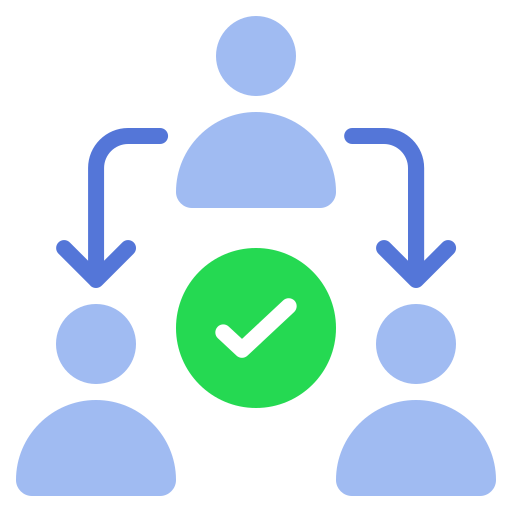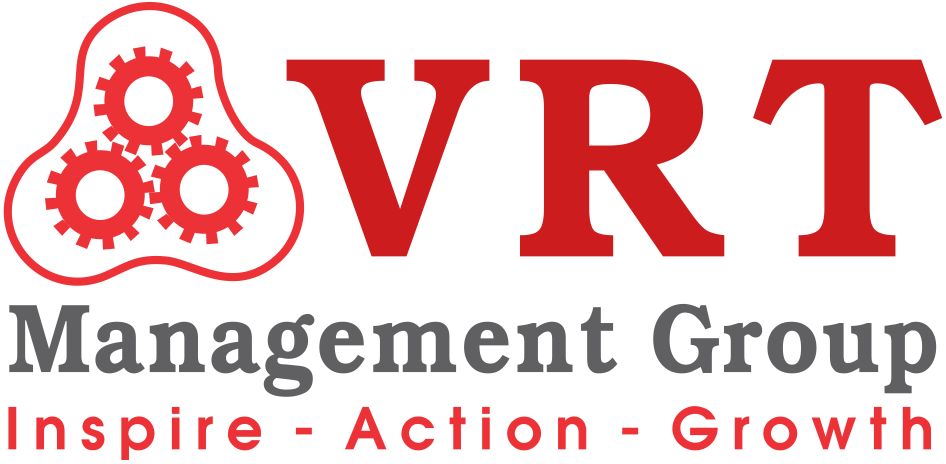95% people cant predict their growth that is why they are out of business
Book Your Free 45-Minute Strategy Session NowThe shocking truth
of businesses fail in their first year.
don’t make it past five years.
have closed their doors by year ten.
It's not just about hard work, funding, or strategy. The key differentiator? Team collaboration and effective communication - aligning everyone toward a shared goal. That’s what sets successful entrepreneurs apart.
Book Your Free 45-Minute Strategy Session NowThe 7 Stages of Growth Model is a framework for understanding how companies grow and the challenges they face as they grow.
The 7 Stages of Growth is a model for understanding how businesses
Focus: Survival, Cash Flow, and Building a Core Team
Critical Takeaway: Avoid distractions, stay focused on your core vision, and establish a solid foundation.
Leadership Style: CEO-Centric, Hands-On
Focus: Scaling Sales and Strengthening Leadership
Critical Takeaway: Structure processes, sharpen sales strategy, and build a culture of accountability.
Leadership Style: Coaching and Growth-Oriented

Focus: Transitioning from Doer to Leader, Systemizing Operations
Critical Takeaway: Implement standardized processes, delegate effectively, and shift leadership focus from execution to strategy.
Leadership Style: Visionary and Strategic

Focus: Streamlining Workflows, Strengthening Management
Critical Takeaway: Build strong operational frameworks, improve decision-making, and eliminate inefficiencies.
Leadership Style: Structured and Process-Oriented

Focus: Eliminating Silos, Strengthening Collaboration
Critical Takeaway: Foster cross-team collaboration, develop structured leadership, and align teams with company goals.
Leadership Style: Communicative and Team-Oriented

Focus: Expanding with Purpose and Profitability
Critical Takeaway: Implement a data-driven strategy, optimize team structure, and scale operations efficiently.
Leadership Style: High-Level Strategy & Market Expansion

Focus: Long-Term Sustainability, Legacy, and Impact
Critical Takeaway: Build a self-sustaining business, strengthen leadership pipelines, and focus on long-term legacy.
Leadership Style: Mentor and Visionary
With over 35 years of business excellence, I have partnered with entrepreneurs to achieve extraordinary growth and success, helping transform 1,400+ businesses. As a former Senior Vice President at General Electric (GE) and a Stanford Entrepreneurship expert, I specialize in People, Process, and Strategy transformation, empowering business leaders to scale effectively, overcome challenges, and realize their full potential with my proven strategies.

Get a complementary access to our 7 Stages of Growth Assessment by participating in the above survey - an essential tool to pinpoint where your business stands and how to unlock its full potential.
Book Your Free 45-Minute Strategy Session Now